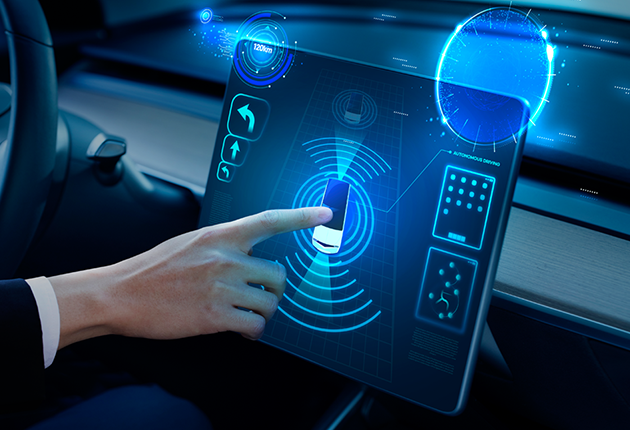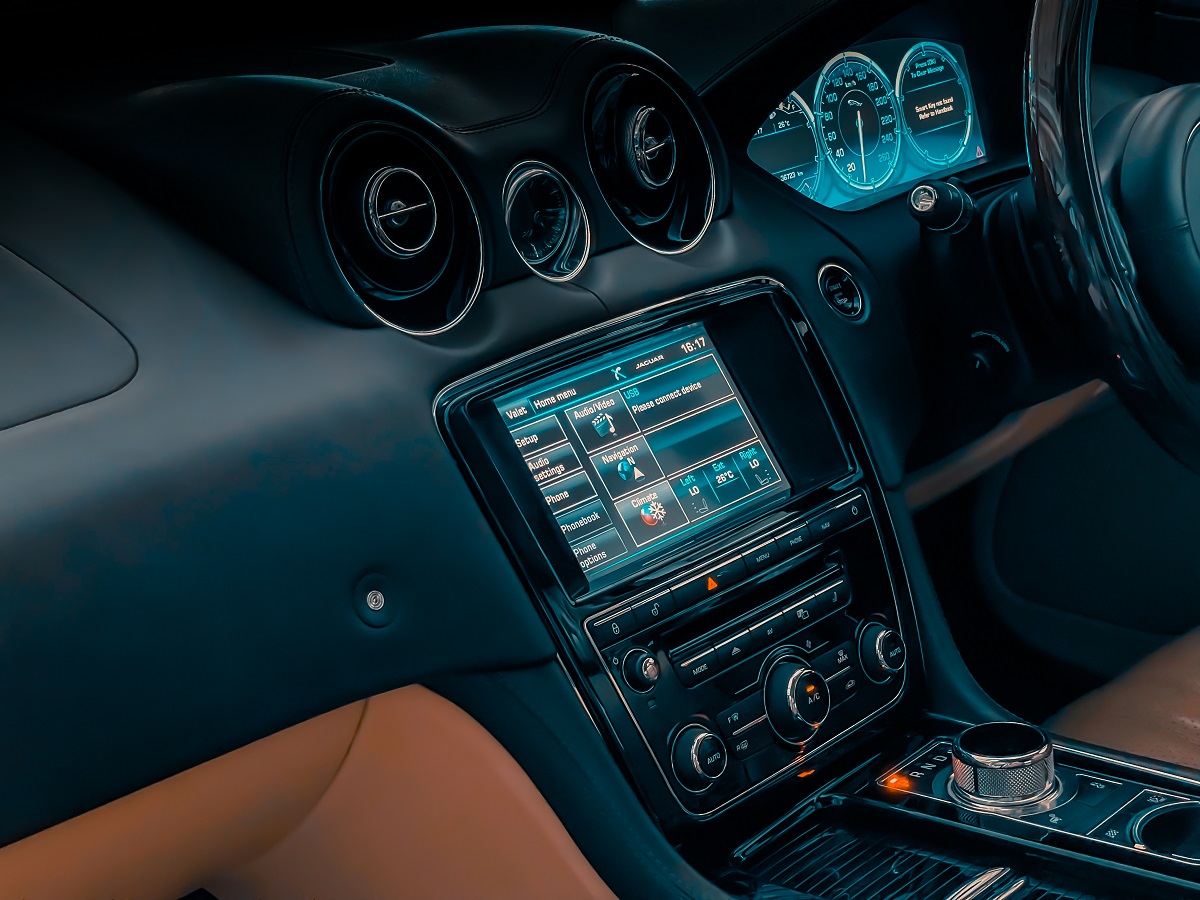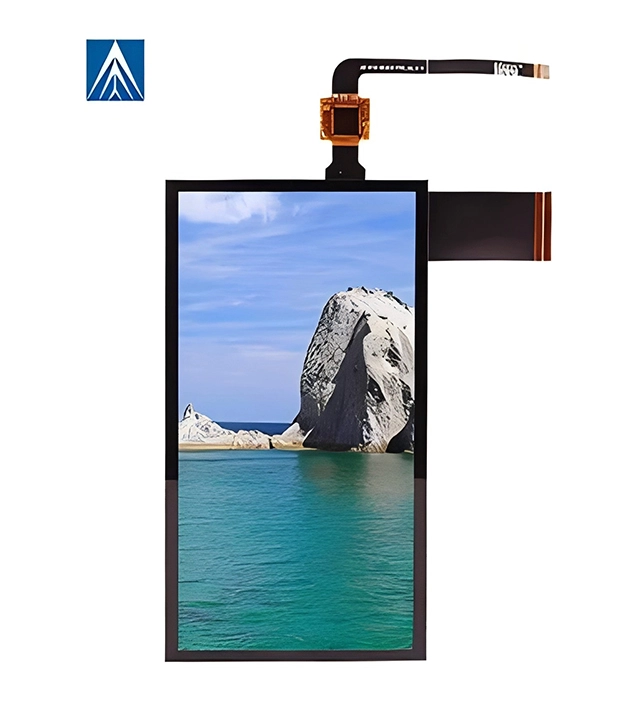As vehicles evolve into smarter, more connected machines, automotive LCD displays have become essential to both driver safety and passenger comfort. These advanced automotive LCD monitors serve as the primary interface between the vehicle and its users, delivering crucial data and entertainment in real time. From digital dashboards to rear-seat infotainment, the lcd display applications in today’s vehicles are diverse and constantly expanding.
TFT-LCD Displays
Among the most widely used in the industry, TFT-LCDs (Thin-Film Transistor LCDs) offer:
High resolution for crisp visual output
Wide viewing angles for better visibility
Fast response times to ensure smooth transitions
Full-color display for rich multimedia experiences
TFT technology is commonly found in dashboards and infotainment systems across all vehicle classes.
OLED Displays
Gaining popularity in premium car models, OLED (Organic Light-Emitting Diode) displays provide:
Higher contrast ratios
Wider color gamut for vibrant imagery
True black rendering thanks to self-emitting pixels
These characteristics make OLEDs ideal for luxury in-car displays and curved designs.
IPS-LCD Displays
IPS (In-Plane Switching) LCDs are known for:
Excellent viewing angles
Accurate color reproduction
Stable image quality across different lighting conditions
These displays are particularly suitable for central control screens and in-dash applications.

Instrument Cluster Displays
Digital instrument panels are replacing traditional analog meters. They can be customized to show:
Speed, RPM, and fuel level
Real-time navigation
Warning indicators and system status
Center Console Displays
Often the central hub of the automotive LCD display, these screens allow users to control:
Vehicle infotainment systems
Climate and air conditioning
GPS navigation
Multimedia functions
Head-Up Displays (HUDs)
HUDs project critical driving information onto the windshield to keep the driver’s eyes on the road, including:
Speed
Navigation prompts
Traffic alerts
Rear-Seat Entertainment Monitors
These automotive LCD monitors are typically mounted on the back of front seats and provide entertainment for rear passengers, supporting video playback, games, and internet access.
To meet the demands of automotive environments, these displays are designed with:
Wide operating temperature range: -30°C to 85°C for extreme weather resilience
High brightness: Often 1000 nits or more for readability under sunlight
Anti-glare surfaces: Minimize reflections and improve clarity
Fast response times: Prevent image ghosting during dynamic content playback
Long lifespan: Ensures durability and reliability over years of use
Larger Display Sizes
Car screens are growing from the traditional 7-8 inches to over 12 inches, offering more immersive visuals and usability.
Higher Resolutions
Full HD and even 4K resolutions are becoming standard for a crisper, more detailed display experience.
Curved Designs
Curved LCDs are being adopted to better align with modern car interiors, offering a more futuristic and seamless interface.
Touch and Haptic Feedback
Touchscreen interfaces with responsive feedback are improving ease of use and enhancing driver interaction.
Advanced Integration
New models are integrating gesture controls, facial recognition, and AI-powered assistance into their automotive lcd display systems.

With rapid advancements in smart vehicle technologies and the push toward autonomous driving, lcd display applications in the automotive sector are more important than ever. High-performance automotive LCD monitors are redefining in-car experiences—making driving safer, smarter, and more enjoyable. As the industry continues to innovate, LCD technology remains at the heart of the modern vehicle interface.
